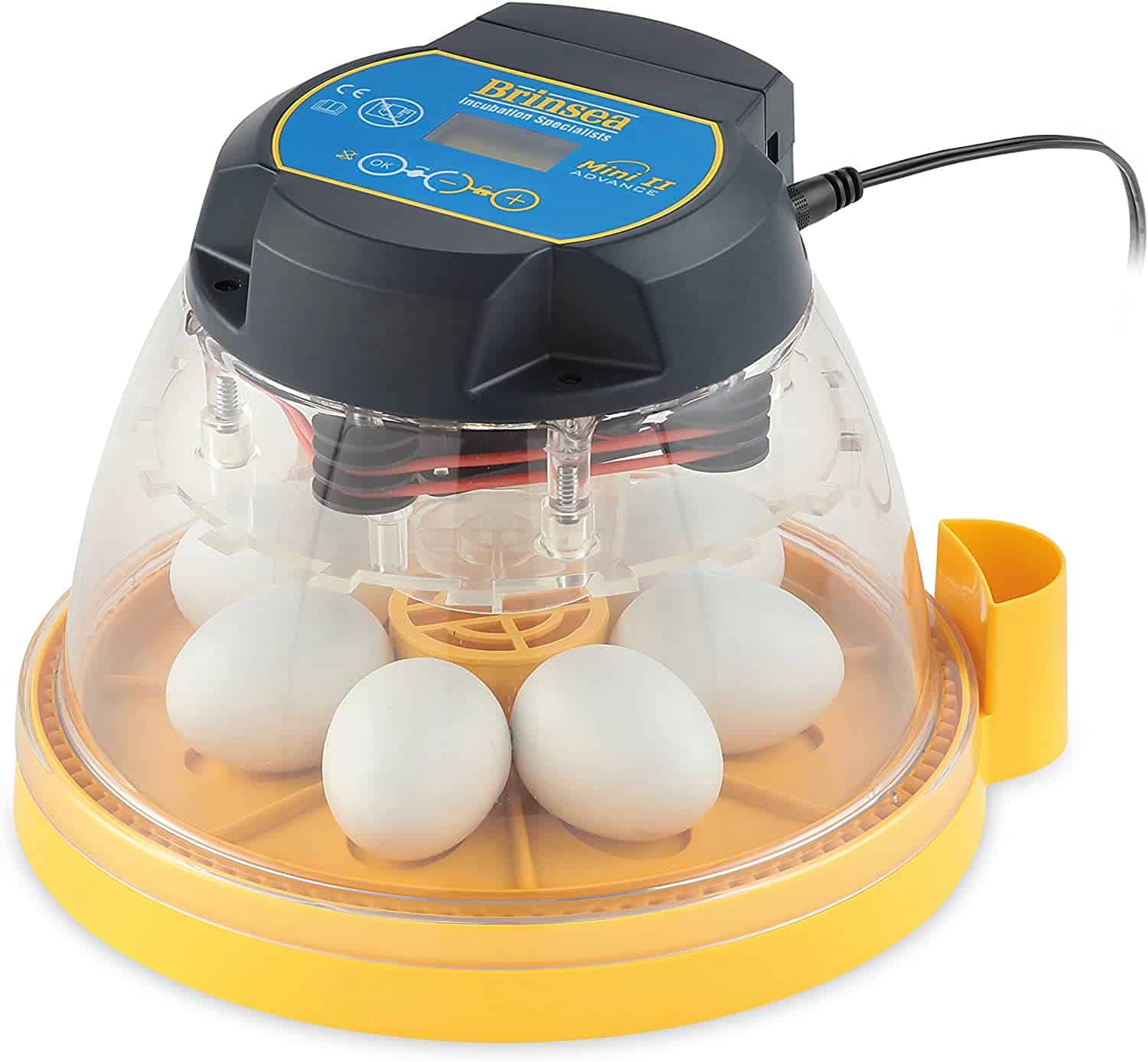

The process of embryo development is tightly connected to the levels of humidity in the incubator. When the moisture is on a certain level, you can see how the overall development of the egg becomes more predictable. Humidity is the source of moisture in eggs. It is crucially important to control humidity in an incubator because the eggs hatching hugely depends on the right values. No matter if you use a wet-bulb thermometer or preinstalled hygrometers, your incubator should maintain the best humidity levels all the time. This reading correspondents to 55% to 60% humidity with standard measurements. On a wet-bulb thermometer, you can read 85 to 87 degrees Fahrenheit in humidity as part of the 100-degree incubator temperature. If you use your wet-bulb thermometer, you may see a radical difference in humidity per cent. It is enough to take a look at the presented values and decide whether to take the additional steps or not. Some incubators come with built-in thermometers and hygrometers, and this is an ideal combination because you don’t have to buy the tools separately. This is the stage when you can start putting eggs inside the incubator. In the beginning, the humidity will be more than 60%, but in the perfect situation, the humidity level should be around 55%. Take your hygrometer and measure the humidity in different periods. This is only the initial temperature, and you must take a few minutes before measuring the humidity levels in an incubator. In case you have a still air incubator, the initial temperature should be 102 degrees Fahrenheit. If you have a forced-air incubator, set the temperature at 100 degrees Fahrenheit and see how the temperature stabilizes in the next few minutes. Starting up your incubator for the first timeįirst of all, you should follow the directions of your incubator’s model when it comes to adding water and turning it on. Instead, you should take the necessary steps to get a stable temperature and moisture level. It is not advisable to check the humidity levels right after the installation of the incubator. Before measuring humidity, you should prepare the incubator for the right measurement. As part of the tools you will need in hatching, a hygrometer is crucial if you want to maintain the right levels of humidity. The best way to control humidity in an incubator is by using a hygrometer. How do you control humidity in an incubator? With the right temperature and the proper humidity levels, you can expect the chickens to be well developed and healthy when they come to the world. Your future chickens will get the necessary moisture during the most important three days of their egg life. In this manner, you can see how humidity plays an important role in egg development. Hot water will produce hot air and the humidity will be instantly increased. One of the most popular techniques for increasing humidity levels is keeping the hot water inside the incubators. Incubator temperature Incubator humidity level Level 99.5 – 100 degrees Fahrenheit 37,5 – 37,8 degrees Celcius 55 % 65 % after day 19 If you want to increase humidity, you can apply different techniques. This is an ideal level for the overall development of the egg in the last days of hatching.

In the last three days, the humidity level should be about 65 %. Humidity should increase in the last three days of hatching. On most occasions, keeping the humidity levels around 55 % will positively impact the overall hatching process. Humidity is crucially important for the development of the eggs and that is why many farmers undertake serious actions to maintain the right humidity levels. When it comes to humidity, the situation depends on many circumstances. Keeping the temperature at this level will increase the chances for the chicken to develop during the hatching process.

When it comes to the ideal temperature for hatching chicken eggs, the official recommendation is between 99.5 and 100 degrees Fahrenheit (37,5 – 37,8 degrees Celcius). What is the ideal temperature and humidity for hatching chicken eggs? Here are the answers that might change the way you hatch eggs – it did for me. For all these reasons, we’ve created a list of questions that will answer your inquiries when it comes to proper hatching.
#SMALL INCUBATOR FOR CHICKEN EGGS HOW TO#
Patience and care are the most important parts of maintaining the right humidity level in an incubator for chicken eggs.Īt the same time, you must know how to do the right things at the exact time. If you are a hobby farmer like me who is proud of the chicken that you got from hatching, you know something about the humidity levels in incubators.


 0 kommentar(er)
0 kommentar(er)
